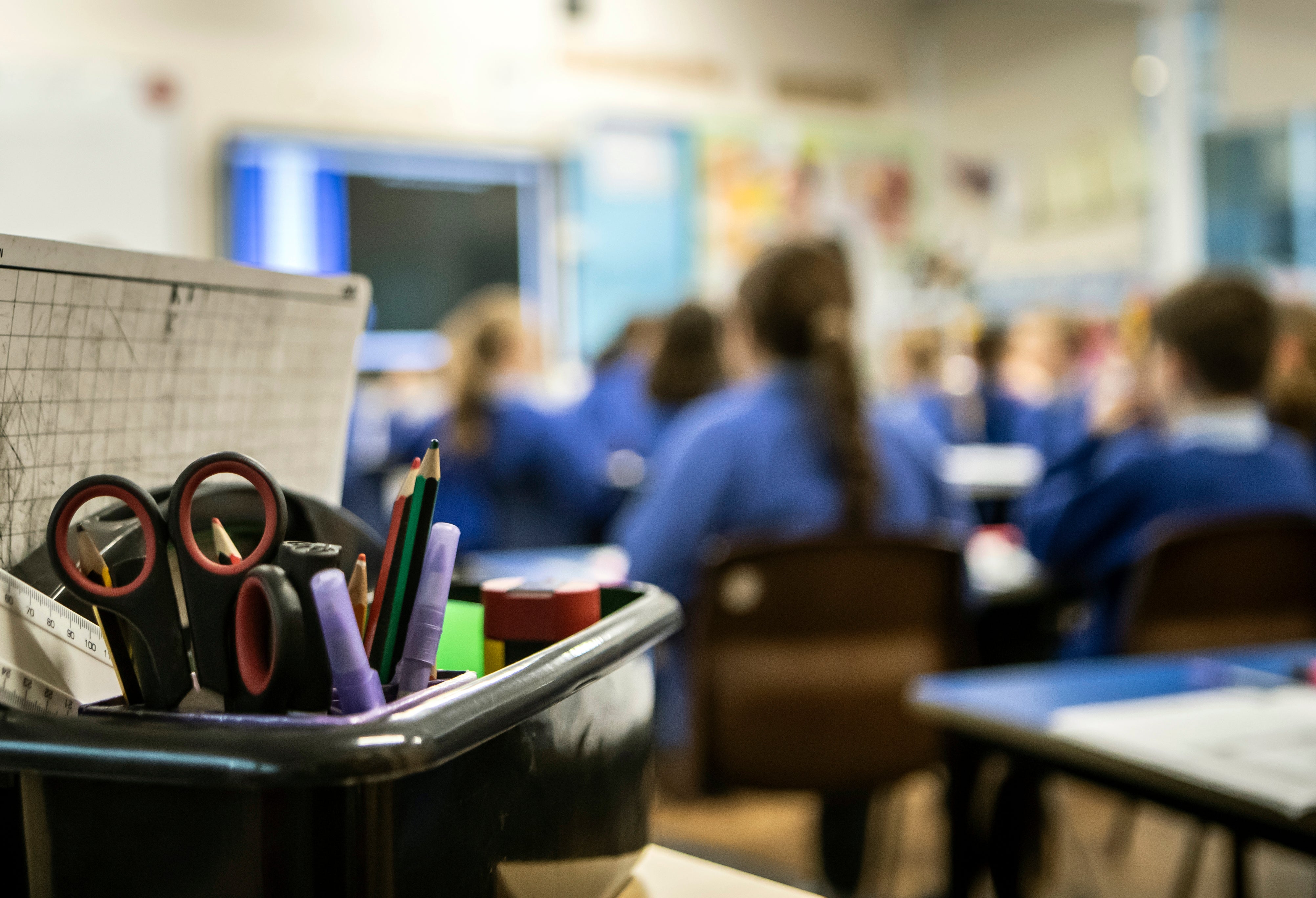Bottom of classroom doors may be chopped off to improve ventilation – minister
The Education Secretary has set out cost estimates for improving ventilation in schools.

Your support helps us to tell the story
From reproductive rights to climate change to Big Tech, The Independent is on the ground when the story is developing. Whether it's investigating the financials of Elon Musk's pro-Trump PAC or producing our latest documentary, 'The A Word', which shines a light on the American women fighting for reproductive rights, we know how important it is to parse out the facts from the messaging.
At such a critical moment in US history, we need reporters on the ground. Your donation allows us to keep sending journalists to speak to both sides of the story.
The Independent is trusted by Americans across the entire political spectrum. And unlike many other quality news outlets, we choose not to lock Americans out of our reporting and analysis with paywalls. We believe quality journalism should be available to everyone, paid for by those who can afford it.
Your support makes all the difference.An estimated 2,000 classrooms are “problematic” in terms of ventilation and the Scottish Government expects to spend £4.3 million to improve air flow, Education Secretary Shirley-Anne Somerville has said.
Schools where there are “persistently high C02 levels” in certain rooms will be able to buy air filters, extractor fans and have the bottom chopped off classroom doors to improve air flow in an effort to reduce the spread of coronavirus, Ms Somerville said.
In a letter to Holyrood’s Education Committee Ms Somerville set out the projected costs to improve air quality in about 2,000 rooms, including £1.6 million on air filters, £2.4 million for mechanical fans and £300,000 for doors to be “undercut to increase air flow”.
Rather than putting an air filter in every classroom, the Education Secretary's solution is sending a handyman round to chop up classroom doors
She stressed the costs, to be borne by an additional £5 million allocated for capital spending in schools, “will vary significantly in practice” but are based on councils’ estimates that between 2% and 4% of rooms have been found to be “problematic spaces” where C02 levels are too high.
Ms Somerville’s letter states: “Based on informal local authority feedback, we expect that relatively only a very small number of learning, teaching or play spaces will have persistently high CO2 levels.
“Scottish Government guidance, based on the current weight of expert advice, is that the primary focus of mitigating activity should be on regular CO2 monitoring and associated remedial actions to improve ventilation (i.e. the introduction of fresh air into spaces).
“Where this cannot be readily achieved, and CO2 readings remain high, air cleaning/filtration devices may exceptionally be used as a temporary mitigation to reduce risks in problematic spaces while more sustainable, ventilation-based solutions are implemented.
“The informal local authority feedback indicated that around 2-4% of spaces have so far fallen into that problematic category, equalling around 2,000 spaces out of 50,000 learning, teaching and play spaces across all local authority school and ELC settings.”
Scottish Liberal Democrats education spokesman Willie Rennie said: “Rather than putting an air filter in every classroom, the Education Secretary’s solution is sending a handyman round to chop up classroom doors.
“We are two years into the pandemic and three terms into this school year, but only now has the Scottish Government admitted there is a problem in thousands of classrooms. Yet this could only be the tip of the iceberg.
“We heard that Edinburgh Council found seven out of nine schools surveyed fell below air quality standards. The Government should publish the evidence from councils so we can judge the true scale of the problem.
“Opening windows in winter and chopping up doors is an insult to the thousands of teachers and pupils who deserve a better solution to the problems of ventilation.
“Air filters could play a long-term solution with cutting the spread of other infections and improving conditions for good learning.
“The Education Secretary should take ventilation more seriously and pick up the pace on finding proper solutions.”